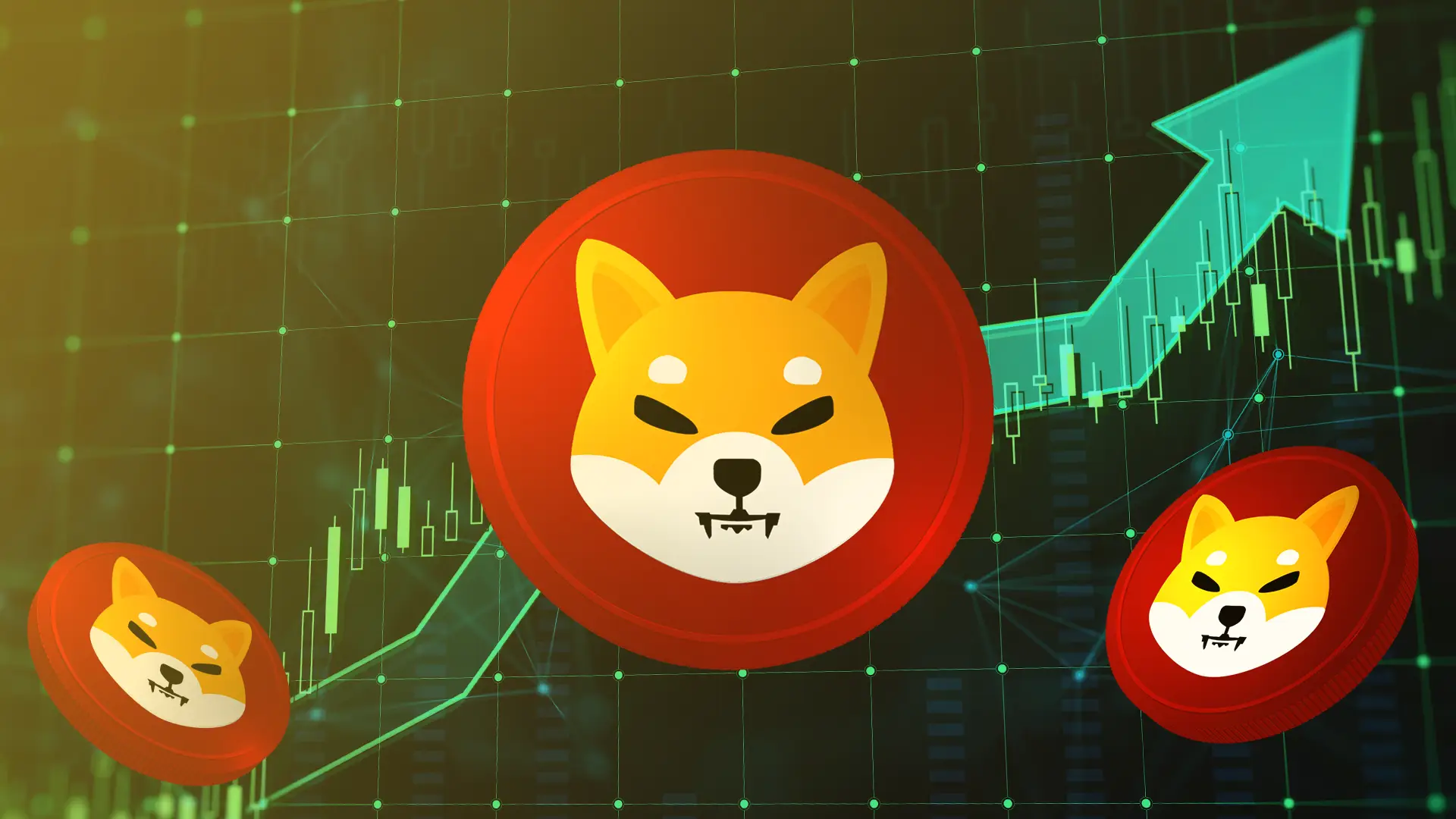Terra Classic (LUNC), the original cryptocurrency from the fallen Terra ecosystem, is experiencing some price fluctuations today, March 9th, 2024. This analysis looks into what’s happening with LUNC right now. We’ll explore why the price might be different on certain exchanges and what the overall market trend seems to be for LUNC.
Volatility with Nuance: Understanding the LUNC Price Landscape
Unlike traditional stock markets that operate during set hours, the cryptocurrency market is a 24/7 beast. This means prices can change constantly, influenced by a complex web of factors like trading activity, global news events, and even social media sentiment. Terra Classic (LUNC) is no stranger to this volatility.
Let’s deep deeper into the current price discrepancies surrounding LUNC. Imagine you’re a crypto investor interested in buying some LUNC. Naturally, you’d want to get the best possible deal, right? So, you head over to two of the most popular cryptocurrency exchanges: Binance and CoinMarketCap.
Here’s where things get interesting. Binance, a leading exchange known for its high trading volume, might be showing a price of $0.000194 USD for LUNC. Meanwhile, CoinMarketCap, another trusted source for crypto data, could be listing LUNC at a slightly higher price, perhaps $0.000195 USD.
This seemingly small difference of $0.000001 USD might seem insignificant at first glance. But for an investor considering buying a large amount of LUNC, even a fraction of a cent can add up. But why this discrepancy? There are a couple of key reasons to consider.
Firstly, cryptocurrency exchanges operate independently. Each exchange has its own set of buyers and sellers, creating a mini-market within the larger crypto ecosystem. This means the supply and demand for LUNC can vary slightly between Binance and CoinMarketCap. If there are more sellers than buyers on a particular exchange, the price of LUNC might be slightly lower to entice purchases. Conversely, an abundance of buyers could drive the price up a tiny bit.
Related Article: LUNC From Lazarus to Lambo: Price Explodes 21%, Volume Skyrockets 160%, and Top 100 Return Stuns Cryptoverse!
Secondly, the timing of data updates plays a role. Crypto prices move fast, sometimes changing within seconds. While both Binance and CoinMarketCap strive to provide real-time data, there can be a slight delay in how quickly each platform reflects the latest price movements. So, the price you see on Binance might not be the exact same price you see on CoinMarketCap at the very same moment.
This highlights the importance of checking multiple sources – like Binance and CoinMarketCap – when researching the price of any cryptocurrency, including LUNC. By comparing prices across different exchanges, you can get a better sense of the overall market sentiment and potentially find the most favorable deal on your LUNC purchase. Remember, even a tiny price difference can matter, especially when dealing with high volumes or volatile assets.
Change in Perspective: Examining LUNC’s 24-Hour Performance
Imagine LUNC trading at $0.000190 USD on Binance at the beginning of a 24-hour period. Throughout the day, the price experiences minor ups and downs due to trading activity. By the end of the 24 hours, let’s say the price on Binance settles at $0.000192 USD. This represents a very small increase of approximately 1.05% (calculated by dividing the price difference by the starting price and multiplying by 100).
Now, consider CoinMarketCap. While they might aim to provide real-time data, updates may not occur instantaneously. Additionally, CoinMarketCap aggregates data from various exchanges, potentially capturing a slightly different snapshot of LUNC’s price at the beginning and end of the 24-hour window. Let’s say their data shows a starting price of $0.000191 USD and an ending price of $0.000194 USD. This would translate to a change of around 1.57%.
Factors Contributing to Variations:
Here’s a breakdown of some key factors that can lead to these discrepancies:
- Exchange Data Feeds: Each exchange has its own infrastructure for collecting and displaying data. This includes how frequently prices are updated, the specific exchanges included in their aggregation, and potential delays in data transmission. Even minor differences in timing can lead to slightly different price snapshots.
- Trading Volume: The volume of LUNC traded on a particular exchange within the 24-hour window can influence the reported price change. Higher trading volume can lead to more frequent price fluctuations, potentially impacting the specific data points captured by different sources.
- Calculation Methods: While the core concept of percentage change remains the same, some platforms might employ slightly different calculation methods. This could involve rounding conventions or the specific timeframes used for comparison.
Overall Market Movement: A Look at LUNC’s Trajectory
Looking beyond the price itself, the 24-hour change for LUNC also presents a nuanced picture. Binance data indicates a potential decrease of roughly -0.27%, while CoinMarketCap suggests a possible increase of 1.39%. These variations can be attributed to factors such as trading volume fluctuations across different exchanges and the specific timeframes used to calculate the change.
Despite the seemingly conflicting information, the overall sentiment points towards LUNC experiencing minor price movements today. This volatility is a familiar sight within the cryptocurrency landscape, particularly for tokens with a smaller market capitalization like LUNC. Compared to giants like Bitcoin or Ethereum, LUNC’s market cap is relatively modest, making it more susceptible to price swings based on even minor trading activity.
Staying Informed: Essential Resources for LUNC Investors
Navigating the ever-changing world of cryptocurrency requires reliable tools to make informed decisions. For those keeping a close eye on Terra Classic (LUNC), particularly investors or individuals curious about its price movements, utilizing trusted resources is paramount. Two of the most popular platforms for this purpose are CoinMarketCap and Binance.
Finally, CoinMarketCap and Binance provide historical price charts that showcase LUNC’s price trajectory over time. Analyzing these charts allows you to identify long-term trends, potential support and resistance levels, and how LUNC has performed under different market conditions. By studying historical data alongside current market movements, you can potentially make more informed investment choices or simply gain a deeper appreciation for LUNC’s price journey.
The Future of LUNC: A Coin Reborn
The Terra Classic revival has been a topic of much discussion within the crypto community. While the future remains uncertain, the ongoing development efforts on the Terra Classic network and the dedicated community behind it continue to spark interest. Whether LUNC experiences a significant price surge or maintains its current trajectory, staying informed about its market movements is crucial for investors.



